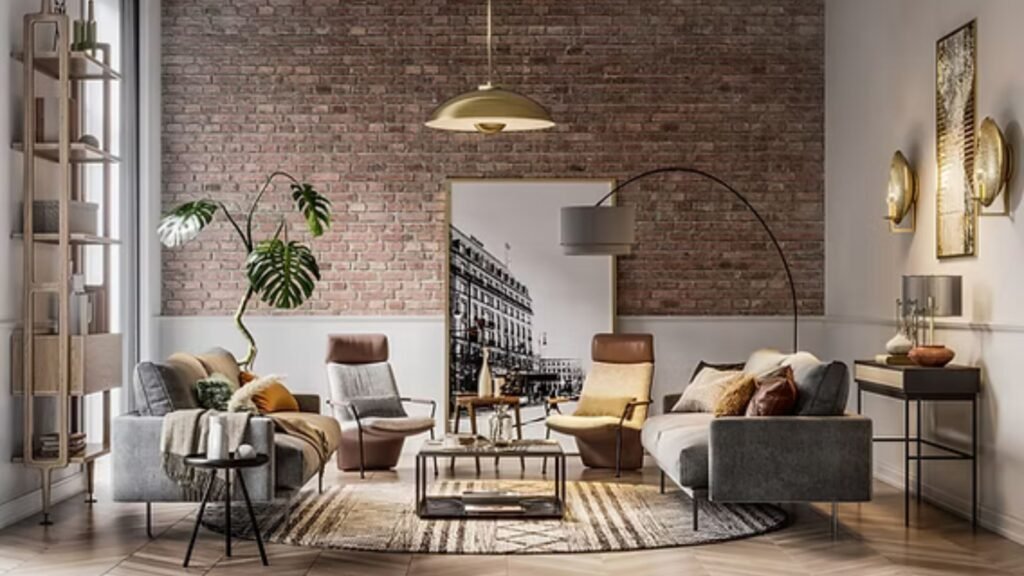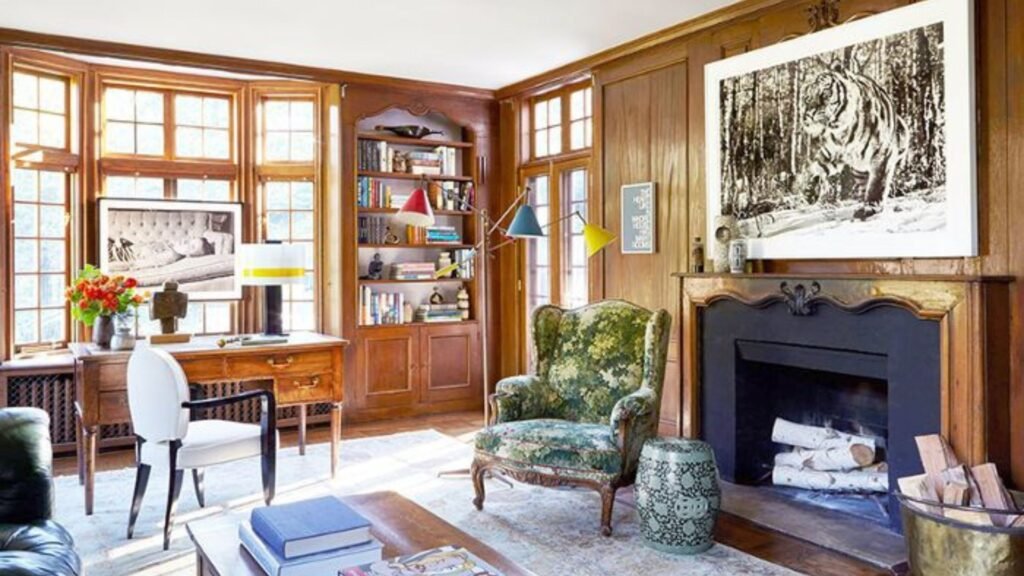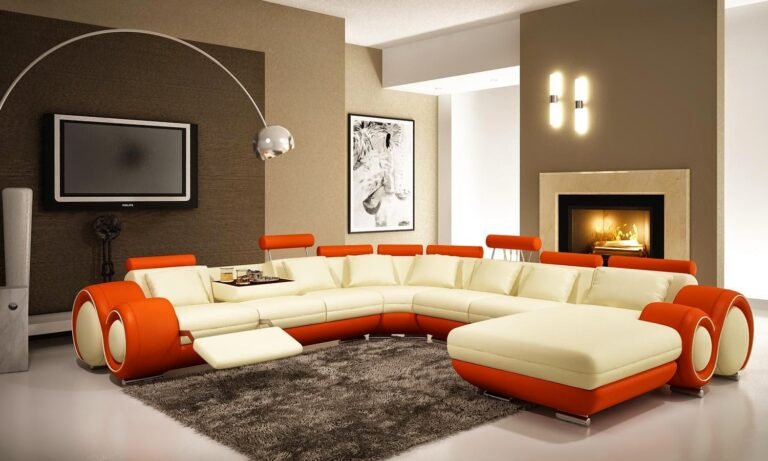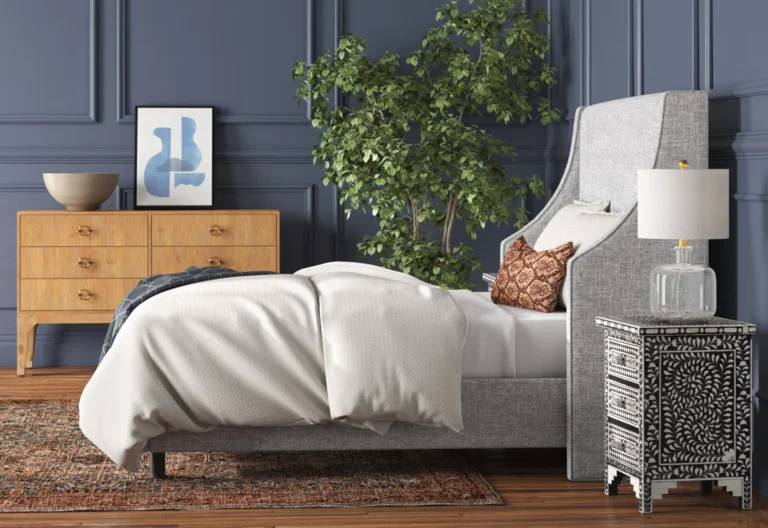
Mixing and matching furniture styles is one of the best ways to create a home that feels personal, curated, and full of character. Rather than sticking to a single design trend, blending styles allows you to express your creativity and showcase your unique taste. However, successfully combining different furniture styles takes more than just throwing random pieces together. It requires a thoughtful approach to ensure your space looks harmonious rather than chaotic. Here’s a step-by-step guide to help you master the art of mixing furniture styles like a pro.

Understand Your Base Style and Build Around It
The first step in mixing furniture styles effectively is to identify your base or dominant style. This doesn’t mean your entire room has to stick to this style rigidly, but it serves as a foundation that keeps the space cohesive. For example, if you prefer a modern aesthetic with clean lines and minimal ornamentation, start with a sleek sofa or coffee table that embodies those characteristics. Alternatively, if you gravitate toward rustic charm, you might select a wooden dining table with a distressed finish as your starting point.
By establishing a base style, you create a visual anchor that guides the addition of other styles. This helps prevent your room from looking disjointed. Once the foundation is set, you can introduce secondary styles through accent pieces or smaller furniture that complement or contrast in interesting ways.
Use a Cohesive Color Palette to Tie Everything Together
One of the simplest and most effective ways to blend different furniture styles is through a unified color scheme. Selecting a cohesive color palette ensures that despite the differences in shapes, materials, or eras, the pieces still “speak the same language.”
Start by choosing two or three main colors that will dominate your space. Often, a neutral base like whites, beiges, or grays provides a calming backdrop, allowing you to add pops of color through accessories or furniture in varying styles. For example, a mid-century modern chair in mustard yellow can pair beautifully with a contemporary navy blue sofa when both colors appear elsewhere in rugs or cushions. Repeating these colors across different elements creates visual harmony and makes the diverse styles feel intentional.
Mix Textures and Materials for Depth and Interest
Blending styles goes beyond just furniture shapes and colors—it’s also about texture and materials. Incorporating a variety of textures creates a layered, tactile environment that invites people to explore the space visually and physically.
For instance, combine the smoothness of a glass coffee table with the warmth of a wooden sideboard and the softness of a plush velvet armchair. Metal accents can add an industrial edge when paired with woven rattan or natural fibers, which contribute to a relaxed, organic vibe. Mixing materials like leather, linen, wood, and metal in a thoughtful way brings dimension and richness to your living space.
Balance Old and New for a Timeless Appeal
A great way to achieve an eclectic yet refined look is to balance vintage or antique pieces with contemporary furniture. Mixing the old and the new adds a sense of history and uniqueness to your home.
Consider incorporating a classic, carved wooden chair or an antique side table alongside a modern sofa or streamlined light fixtures. The contrast between ornate and minimalistic elements can highlight each piece’s beauty without overwhelming the room. Additionally, using vintage furniture can be a sustainable choice, reducing demand for new production while adding character and authenticity.
Pay Attention to Scale and Proportion
When mixing furniture styles, it’s important to be mindful of the scale and proportion of each piece. Oversized furniture can overpower smaller items, creating imbalance, while grouping many bulky pieces together can make the space feel crowded and chaotic.
Aim for a balance by pairing larger sofas or cabinets with smaller chairs or side tables. Also, vary heights to keep visual interest—combine low coffee tables with tall lamps or bookshelves. A room with well-distributed scale and proportion feels more comfortable, inviting, and thoughtfully designed.
Final Thoughts
Mixing and matching furniture styles is an exciting design approach that encourages individuality and creativity. By grounding your choices in a base style, unifying colors, varying textures, and thoughtful curation, you can create a harmonious and inviting home that tells your story. With patience and an open mind, you’ll soon be mixing styles like a pro!







